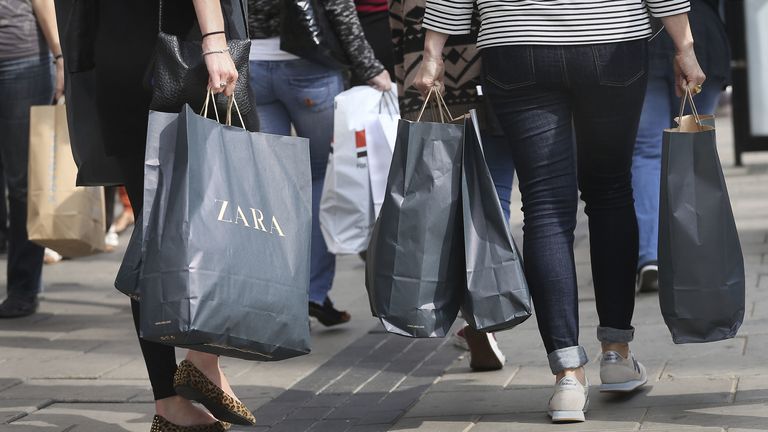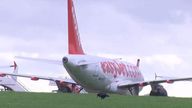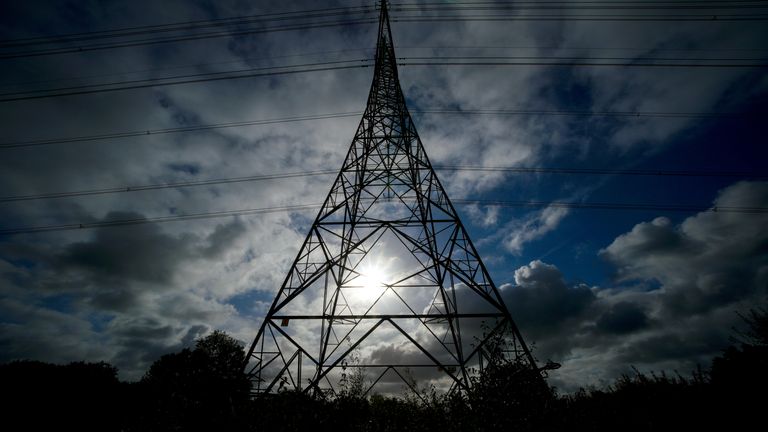Bleak Black Friday for high street? Bargain-hunters went elsewhere, data shows
The high street suffered its first decline in visitors for a Black Friday on record, according to industry data that suggested spending may have held up more widely.
Springboard, which measures so-called footfall across retail destinations for the industry, reported a 2% rise in the number of visits to shopping areas overall in the week leading up to Friday’s main event as promotions spread.
But it said that the increase was entirely driven by shopping centres and retail parks – with visits up by 6.5% and 4.9% respectively.
The report said the pace accelerated significantly on the Friday itself as shopping centre visits were up almost 18% on the week before.
The figure for retail parks was 11.4%.
The data bolsters early evidence that consumers were hunting discounts in the run-up to Christmas amid a wider rising cost of living and fears of some product shortages.
Barclaycard Payments, which processes nearly £1 in every £3 spent in the UK, reported a 26.6% leap in the volume of payments up to midnight compared to the same period on Black Friday 2020, with the figure 1.2% ahead of 2019 levels.
Separate data released by the Bank of England on Monday showed a surge in demand for credit last month – led by credit cards – as household energy and fuel costs rose sharply.
Springboard explained what may have been behind the struggle for high streets on Black Friday.
It said that the 0.5% decline on the previous week was the first drop since the American shopping import was widely evident in the UK.
In the eight previous years, high street footfall on Black Friday had risen from the week before by an average of 17.3%.
Diane Wehrle, the company’s insights director, said the decline was likely down to three factors: “Firstly, the large proportion of office employees continuing to work from home meant that rather than visiting high street stores during the working day on Black Friday, for those shoppers who wanted to shop in store on Black Friday it was easier to head out to shopping centres and retail parks.
“Secondly, a reduction in overseas tourists in the UK has resulted in far fewer leisure shoppers who on Black Friday would typically head to central London, large city centres around the UK and towns attractive to tourists such as historic and coastal towns.
“The third factor was the adverse weather on Saturday, which acted as a severe deterrent to shoppers in making trips to towns and cities. However, despite these challenges, the more substantial retail offer in larger towns and cities appealed to high street shoppers more than smaller towns.”




